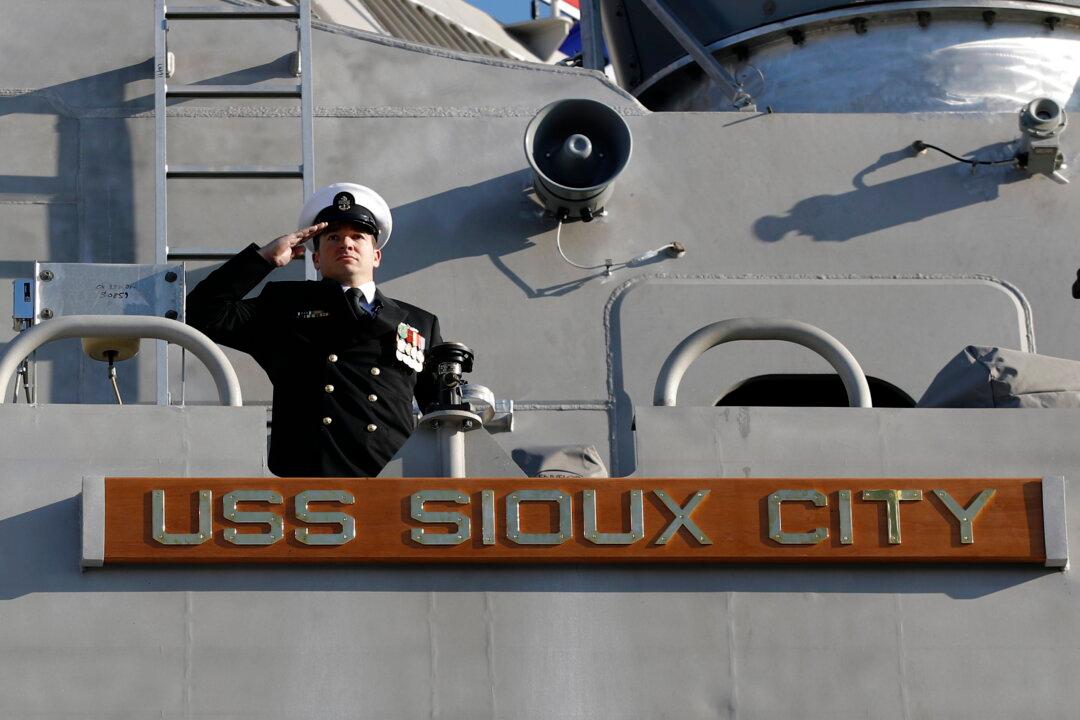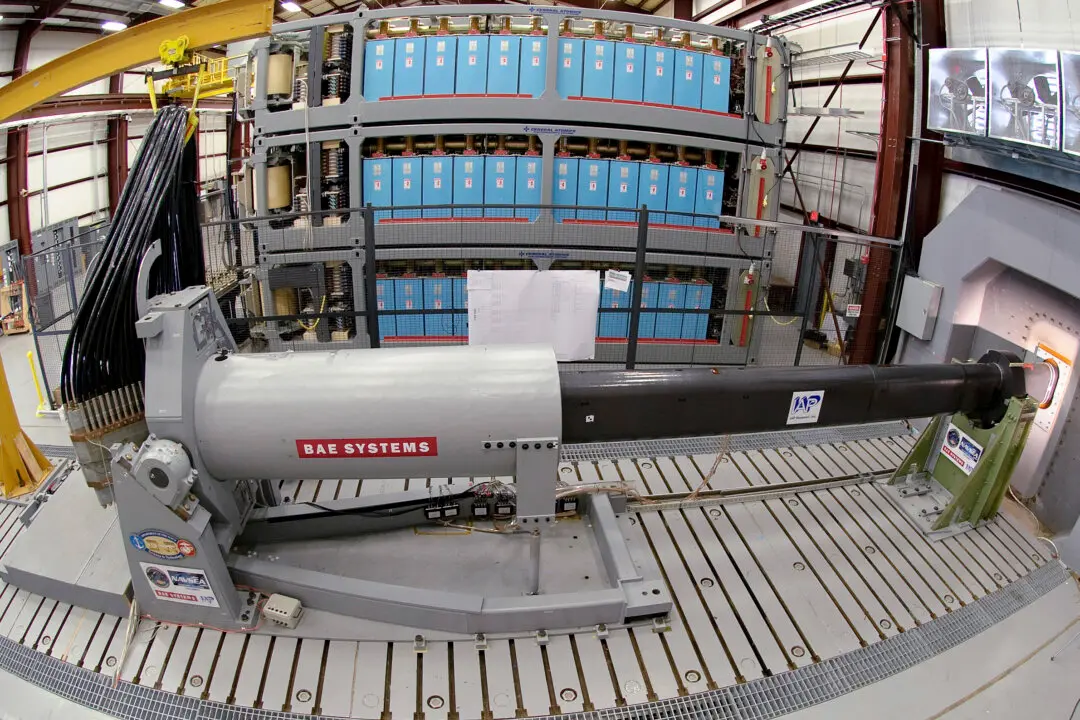Commentary
On Aug. 14, the $460 million littoral combat ship USS Sioux City, after less than five years in service, was decommissioned. That the Navy is retiring ships that were supposed to serve for a minimum of 25 years in just five years is frustrating. That the Navy dumped another $4 million to $5 million into the ship to fix its combining gear just a few months before decommissioning the ship is maddening.





